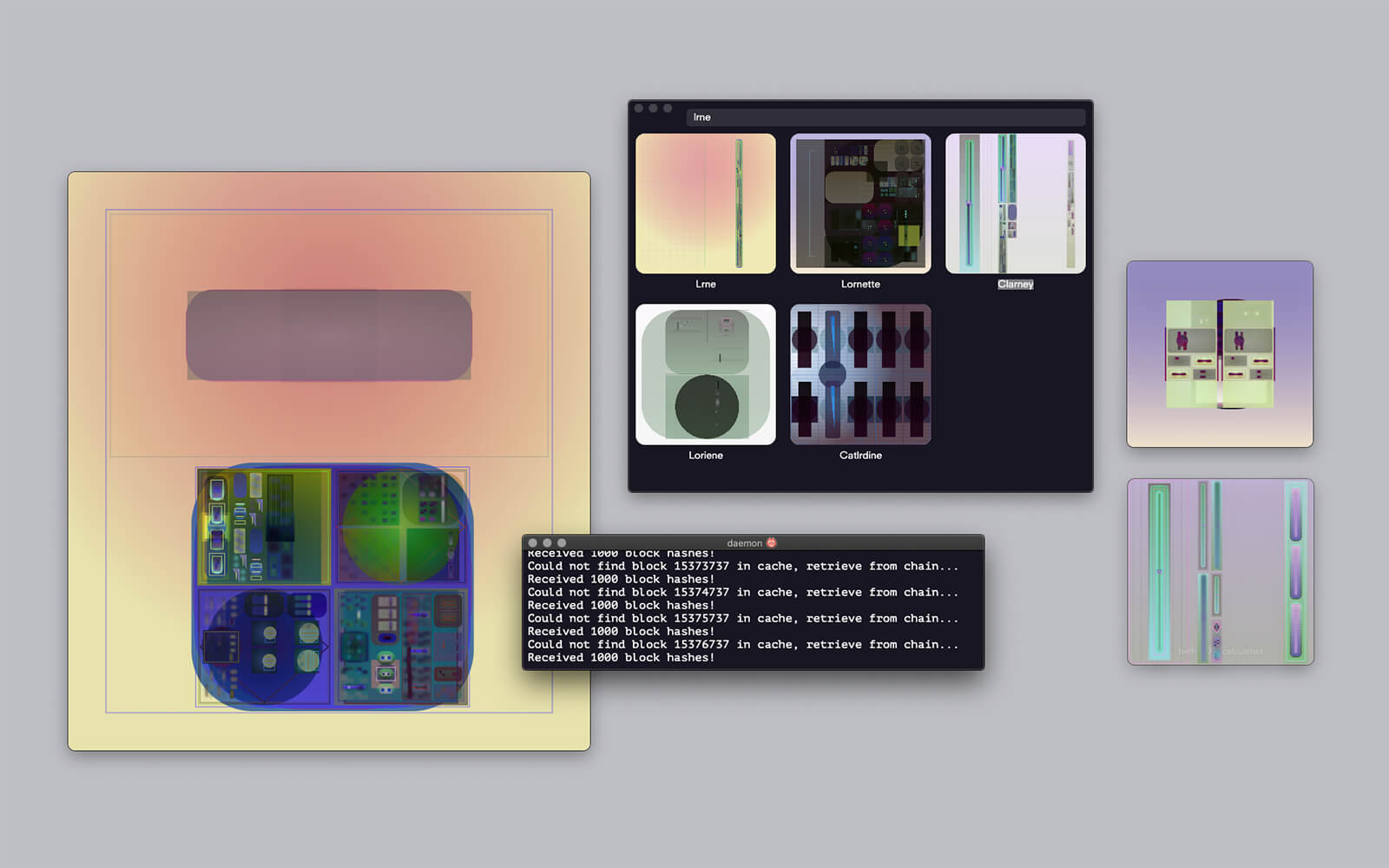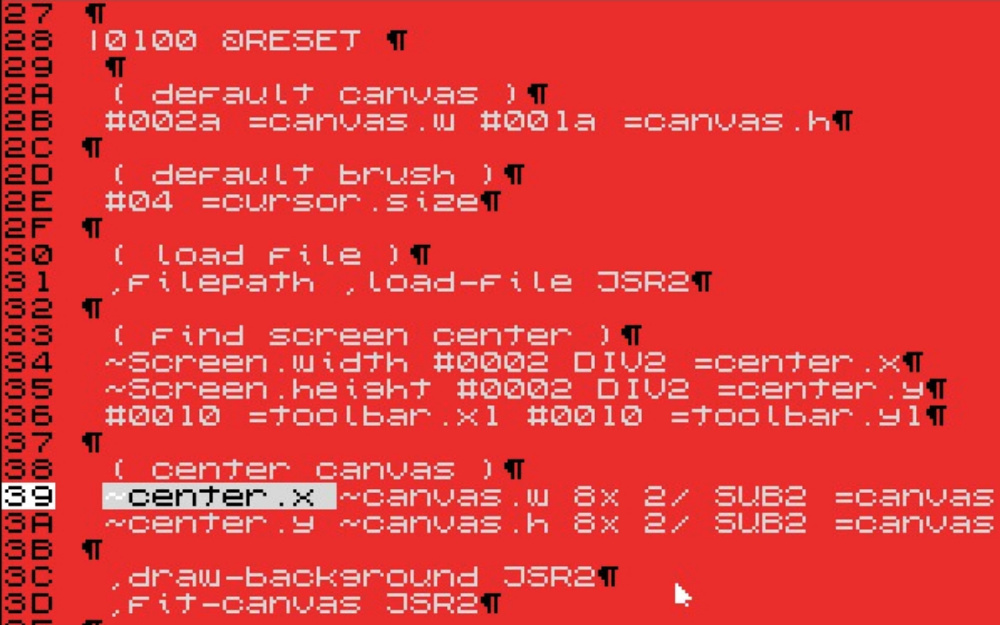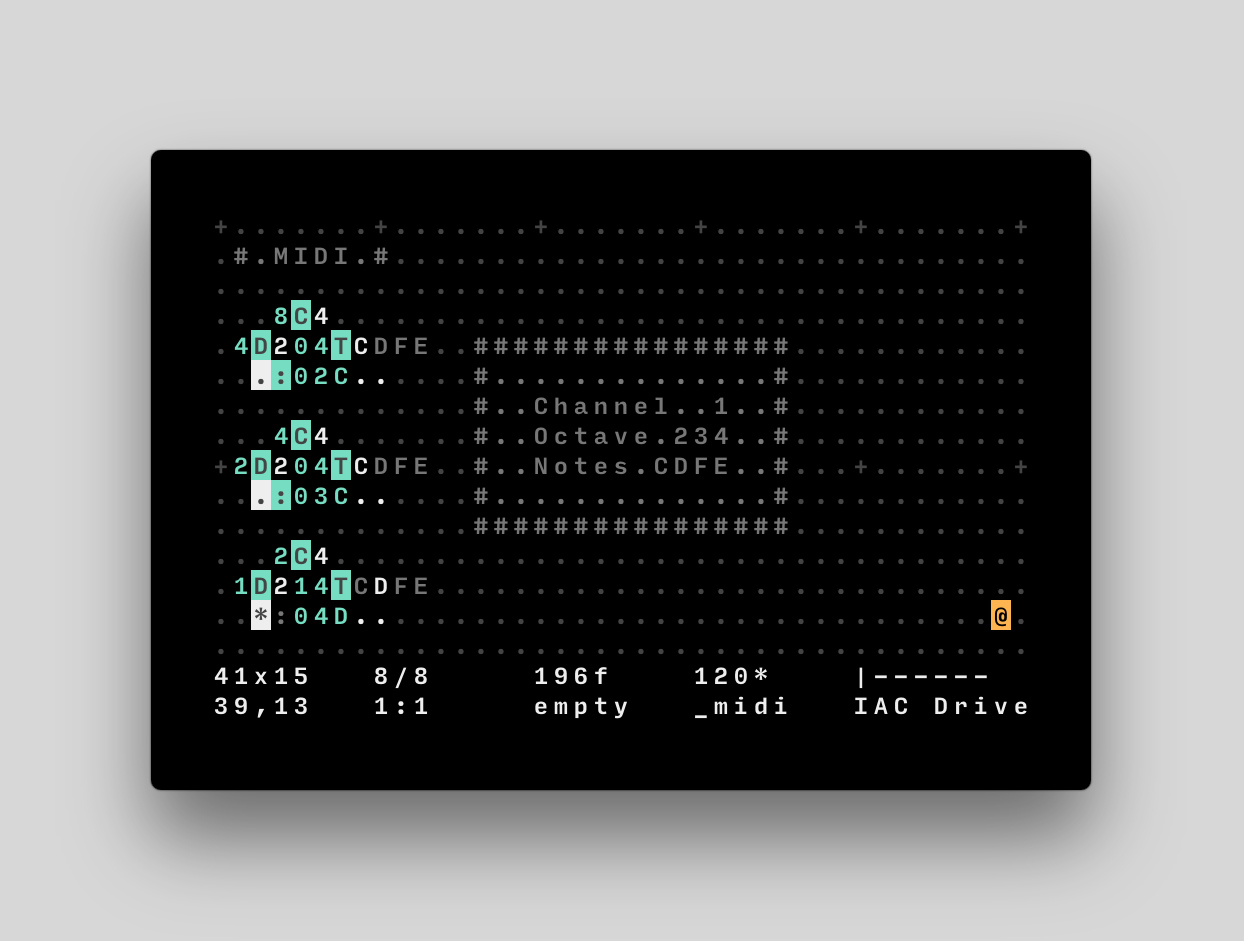1,577 days, 2,409 entries ...
Newsticker, link list, time machine: HOLO.mg/stream logs emerging trajectories in art, science, technology, and culture––every day
A timely showcase of early computer drawing and painting in the age of generative AI, “Harold Cohen: AARON” opens at New York’s Whitney Museum. Curated by Christiane Paul, it honours Cohen’s pioneering 1970s and ’80s process, with recreations of his plotters running live in-gallery (each operating different versions of the AARON software) alongside key works. “Cohen used to joke that he would be the only artist ever who posthumously makes work,” says Paul of the late artist’s enduring prescience.

“I watched old ladies cry and fall in the airport, and entire families with children. I was more heartbroken about the people around me.”
“These works consisted of painted boxes and floppy disks describing the imaginary software, which was so hypothetical that it could only be suggested by invented titles and handmade images.”
“When people feel they are not being heard, they may resort to different measures to get their message across. In the case of programmers, they have the unique ability to protest through their code.”
“I remember WordPerfect 5.1 for DOS the way a non-nerd might remember a vintage Mustang. You could just take that thing out and go, man.”
Dutch crypto artist Harm van den Dorpel releases the Mutant Garden Seeder desktop app to the general public. The software, previously exclusive to holders of his well-known NFT project, helps “aid the greater plan of decentralisation,” the website states. “This ‘read-only sidechain’ synchronises to Ethereum Mainnet, and lets your mutants live and grow on your own local computer.” Released in 2021, Mutant Garden Seeder comprises 512 generative unique Ethereum NFTs that evolve over time.

Hundred Rabbits reveals uxn, an 8-bit virtual computer and new forever home of their eccentric software; a (truly) back to basics approach, it shifts from dependency to “longtermism.” Building on work with 6502 assembly (of NES fame), uxn—new tools built by the duo—is lightweight enough to run on NintendoDS or Raspberry Pi. “Most software is designed to run on disposable electronics and near impossible to maintain, we decided to not participate in this race to the bottom,” they summarize.

“We will always choose a lesser home-brewed tool tailored specifically to our own needs, over a better generic tool that we have not built and do not understand.”

Daily discoveries at the nexus of art, science, technology, and culture: Get full access by becoming a HOLO Reader!
- Perspective: research, long-form analysis, and critical commentary
- Encounters: in-depth artist profiles and studio visits of pioneers and key innovators
- Stream: a timeline and news archive with 1,200+ entries and counting
- Edition: HOLO’s annual collector’s edition that captures the calendar year in print
